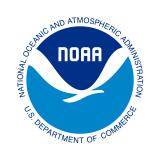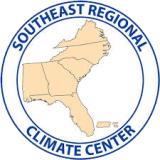Southeast Climate Monthly Webinar: June 28, 2022
Most of the Southeast region was hot and dry for the past 30 days. Temperatures were above average and included some record highs. Precipitation was variable, but generally below average for most of the region. The heat and dryness have contributed to the intensification of drought conditions in the region including the eastern Carolinas and Georgia, with agricultural impacts being observed. Streamflows are slightly-below to near-normal across most of the Southeast.
Looking ahead: The three-month Southeast outlooks depict a higher probability of above-normal temperatures, near-normal streamflow ranges and typical flood conditions, and some drought removal across the region. The Atlantic Hurricane Season began on June 1—be prepared! Check out this month’s special presentation, “2022 Seasonal Hurricane Outlook," to learn about how NOAA creates a Hurricane Outlook and what to expect for this year.
About This Webinar
The Southeast Climate monthly webinar series is hosted by the Southeast Regional Climate Center, the National Integrated Drought Information System (NIDIS), and the NOAA National Weather Service. These webinars provide the region with timely information on current and developing climate conditions such as drought, floods, and tropical storms, as well as climatic events like El Niño and La Niña. Speakers may also discuss the impacts of these conditions on topics such as agriculture production, water resources, wildfires, and ecosystems.






